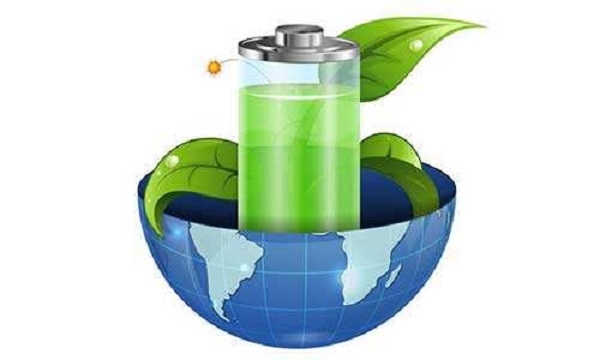A sodium-based battery is one that combines sodium with a compound called inositol. Developed by researchers at Stanford University in October 2017. The sodium in the new battery binds to a compound called inositol, an organic compound commonly found in household products, including infant formula. Just as sodium is much more abundant than lithium, rice furfuryl alcohol is easily extracted from rice bran and can also be found in by-products produced during corn processing.

The main principle of sodium-based batteries
In sodium-ion batteries, sodium ions can attach to inositol, a common compound extracted from the liquid by-product of rice bran or corn processing. The new combination of sodium ions and inositol significantly improves ion cycling in sodium-based batteries, allowing ions to move more efficiently from the cathode through the electrolyte to the phosphorus anode, resulting in a stronger electrical current.
One of the biggest hurdles facing sodium- and potassium-based batteries is that they decay and degrade faster than lithium-ion batteries and have lower energy densities. But that's not always the case. When the researchers studied the reaction of lithium, sodium and potassium ions with iron sulfide particles, they found that sodium and potassium were more stable with iron sulfide during the reaction, suggesting that batteries based on sodium or potassium may have a longer lifespan than expected. .
The difference between sodium-based batteries and lithium-ion batteries
1. The charge carriers inside the battery are different. Lithium-ion batteries are charged and discharged through the movement and conversion of lithium ions between the positive and negative electrodes, while sodium-ion batteries are achieved by the intercalation and deintercalation of sodium ions between the positive and negative electrodes. Actually both work the same way.
2. The ionic radii of the two are different, and the difference in radii makes the performance of the sodium-ion battery far inferior to that of the lithium-ion battery; the lithium-ion negative electrode can make graphite, but the sodium ion is difficult to be de-intercalated/inserted into the graphite, and the capacity is very small. Other carbon materials can reach more than 300 mA hours after processing; the ion capacity of the positive electrode is very small, only more than 100 mA hours; due to the large radius, the insertion/de-insertion resistance of sodium ions in the positive and negative electrodes is very large; the reversibility is poor, irreversible Large capacity loss.
At present, the technical core of new energy vehicles lies in lithium-ion batteries, but now there is a sodium-based battery that can store the same energy as the latest lithium-ion batteries at a lower price. Material prices account for a quarter of battery prices. Lithium-ion batteries have been around for 25 years and dominated an important market, but lithium is becoming scarcer and more expensive to mine. To that end, scientists have found that sodium can also store ions, and that batteries are cheaper and more powerful to make.
While the new sodium-based battery may never meet the needs of electric car manufacturers, researchers believe it will help store energy from sustainable sources such as solar panels and wind turbines.



